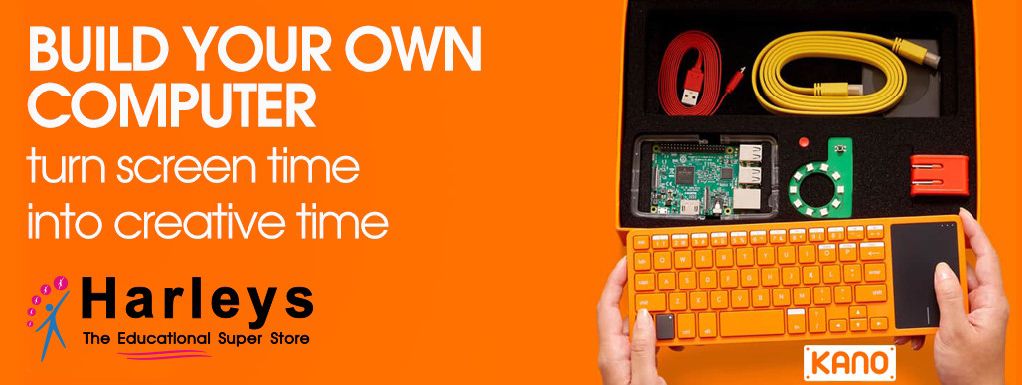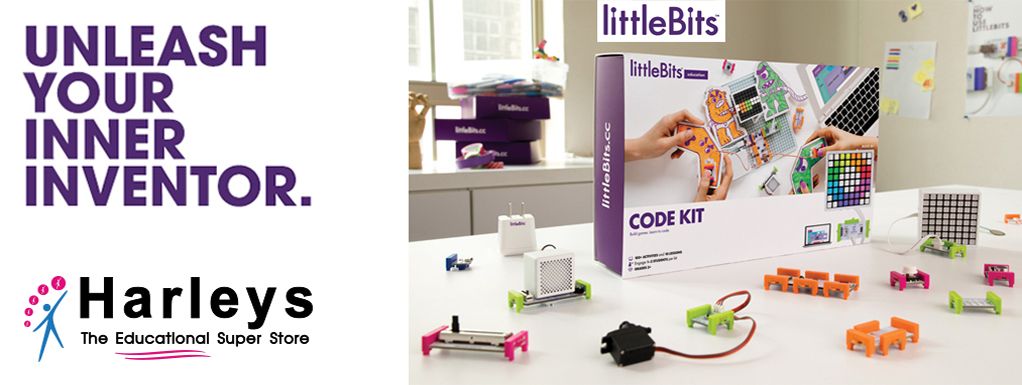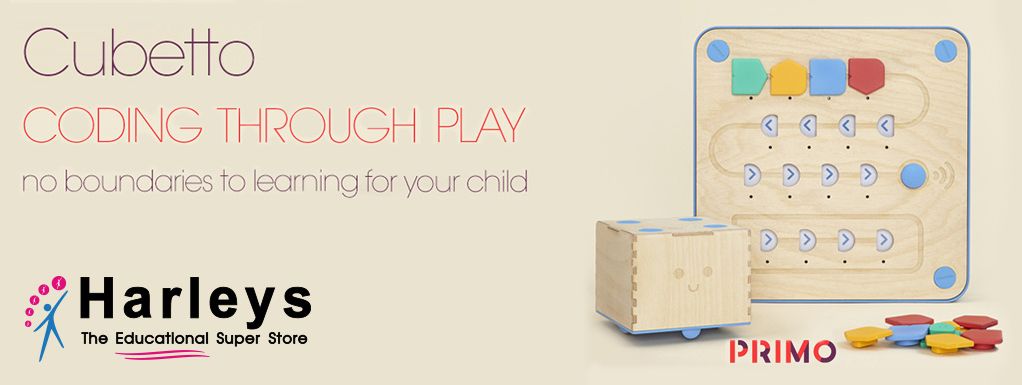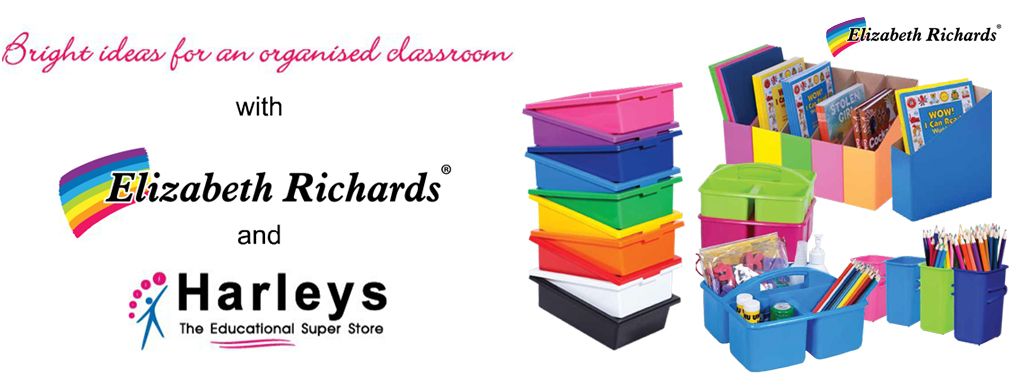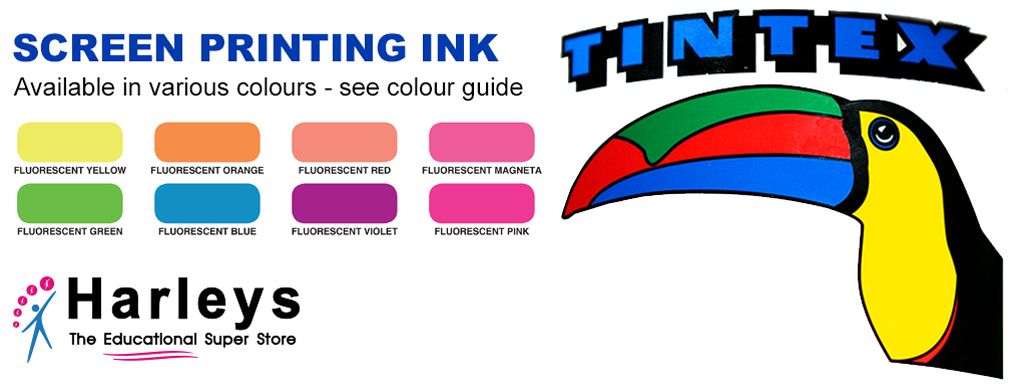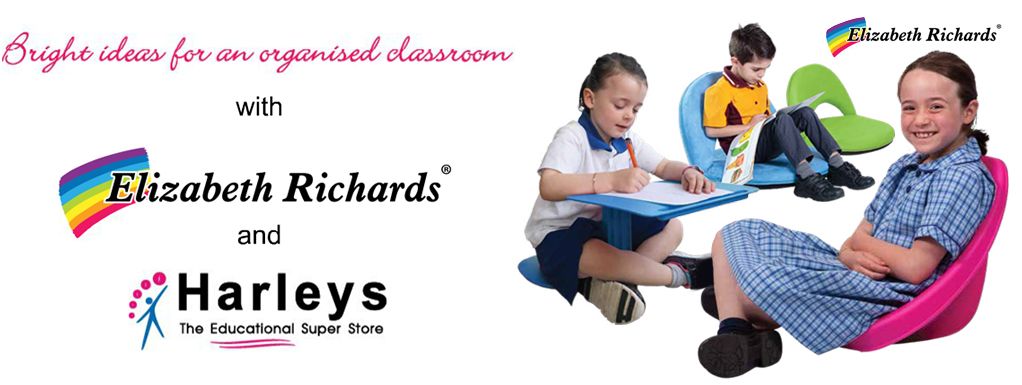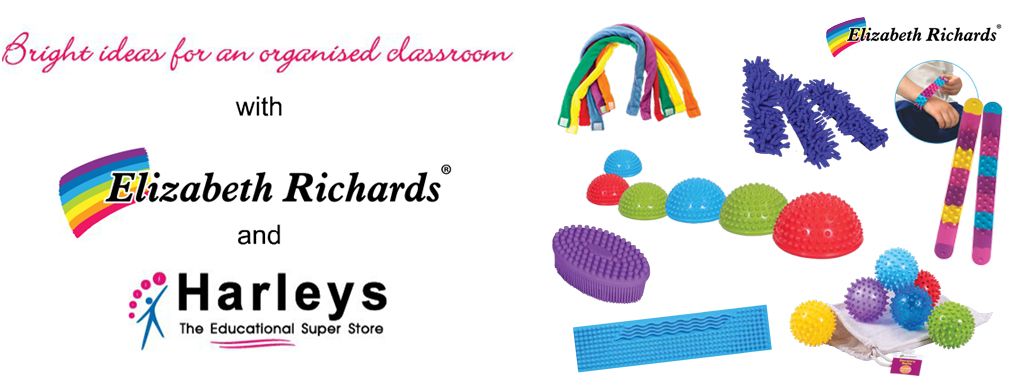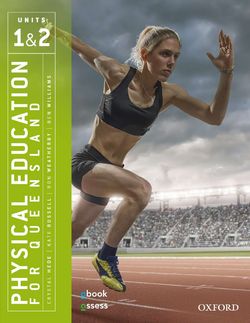Physical Education for Queensland Units 1 & 2 features in-depth content supported by a range of engaging media articles, case studies and practicals designed to bring Units 1 & 2 of the new QCAA Syllabus to life.
Unit 1 addresses motor learning, functional anatomy and biomechanics
Unit 2 investigates sports psychology and equity.
Physical activity is covered in both Units 1 and 2.
Physical Education for Queensland Units 1 & 2 also includes the ‘Physical Education Toolkit’, a stand-alone reference section that explains the structure of the new syllabus, supports the acquisition of key skills and provides practical tips for assessment success.
Chapter 1 Physical Education Toolkit
Contents:
Chapter 1: Physical Education toolkit
1.1 Course overview for QCE Physical Education
1.2 Assessment overview for QCE Physical Education
1.2A Tips for success on the Project – folio
1.2B Tips for success on the Investigation – report
1.2C Tips for success on the Examination – combination response
1.2D Understanding cognitive verbs
1.3 The importance of data in QCE Physical Education
1.3A Putting data to use in Physical Education
1.4 Careers in physical education, sport and fitness
UNIT 1: MOTOR LEARNING, FUNCTIONAL ANATOMY, BIOMECHANICS AND PHYSICAL ACTIVITY
Chapter 2: Motor learning
2.1 Introduction to motor learning
2.2 Motor skills
2.3 The cognitive systems approach to motor learning
2.4 The dynamics systems approach to motor learning
2.5 Types of practice
2.6 Types of feedback
2.7 Body and movement concepts
Chapter 2 review
Chapter 3: Functional anatomy and biomechanics
3.1 Introduction tro functional anatomy
3.2 The structure and function of bones
3.3 The structure and function of joints
3.4 The structure and function of muscles
3.5 Introduction to biomechanics
3.6 Force
3.7 Force production
3.8 Motion
3.9 Newton’s laws of motion
3.10 Projectile motion
3.11 Balance and stability
3.12 Levers
3.13 Bernoulli’s principle
3.14 Analysing specialised movement sequences
Chapter 3 review
UNIT 2: SPORT PSYCHOLOGY, EQUITY AND PHYSICAL ACTIVITY
Chapter 4: Sport psychology
4.1 Introduction to sport psychology
4.2 Motivation
4.3 Confidence
4.4 Arousal
4.5 Attention and concentration
4.6 Team dynamics and cohesion
4.7 Psychological techniques to optimise performance
4.8 Goal setting
4.9 Mental rehearsal
4.10 Affirmations
4.11 Team dynamics and cohesion techniques
4.12 Pre-competition routines
4.13 Relaxation and energiser techniques
4.14 Positive self-talk techniques
4.15 Pre-task routines
4.16 Breathing techniques
4.17 Performance segmenting
Chapter 4 review
Chapter 5: Equity – barriers and enablers
5.1 Introduction to equity in physical activity
5.2 Personal factors that influence equity and access
5.2A Motivation
5.2B Confidence
5.2C Personality traits
5.2D Personal ability
5.2E Genetic disposition
5.2F Gender
5.2G Previous experiences of physical activity
5.3 Social factors that influence equity and access
5.3A Agents of socialisation
5.3B The social construction of gender
5.3C Diversity
5.3D Physical activity preferences
5.4 Cultural factors that influence equity and access
5.4A Demographic, generational and cultural change
5.4B Government funding
5.4C Mass media promotion and marketing of physical activity
5.4D Institutional rules, policies and procedures
5.5 Environmental factors that influence equity and access
5.5A Built and natural environments
5.5B Green space
5.6 Emerging megatrends in physical activity in Australia
Chapter 5 review
Chapter 6: Skill drills
1.2A Planning, creating and presenting a Project – folio [ONLINE ONLY]
1.2B Creating and presenting an Investigation – report [ONLINE ONLY]
1.2C Strategies for improving your results on the Examination –combination response [ONLINE ONLY]
1.3A Capturing and analysing video footage of physical performances [ONLINE ONLY]
1.3B Conducting a survey and presenting the results [ONLINE ONLY]
1.3C Using the internet to find relevant, credible and reliable sources [ONLINE ONLY]
2.4 Assess the impact of rate limiters on performance
2.5 Investigate the impact of types of practice on performance
2.6 Evaluate the impact of different types of feedback on performance
2.7 Investigate how body and movement concepts can be used to assess and improve performance
3.3 Evaluate the impact of joint movement on optimal physical performance
3.7 Evaluate the impact of summation of forces on force production
3.11 Evaluate the impact of base of support on quality of movement
3.12 Compare the effectiveness of levers in the production of speed in sport
4.4 Evaluate the impact of arousal on performance
4.6 Assess the impact of team cohesion on performance
4.9 Assess the impact of mental rehearsal on performance
4.15 Determine the impact of pre-task routines on performance
5.1 Implement an equity strategy in your PE class
5.3B Investigate the impact of the social construction of gender
5.3C Analyse the role of social factors on access
